daviesca14
New Member
- Joined
- Nov 7, 2016
- Messages
- 3
- Reaction score
- 0
Anyone have any tips on learning how to cut a star grain?

Taking a solid grain and coring a star through it. Similar to what they do in commercial motors.
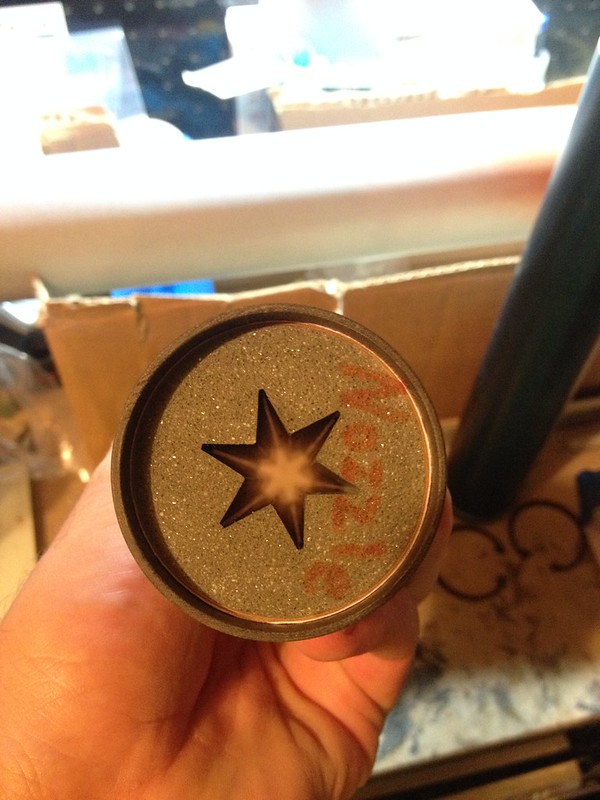
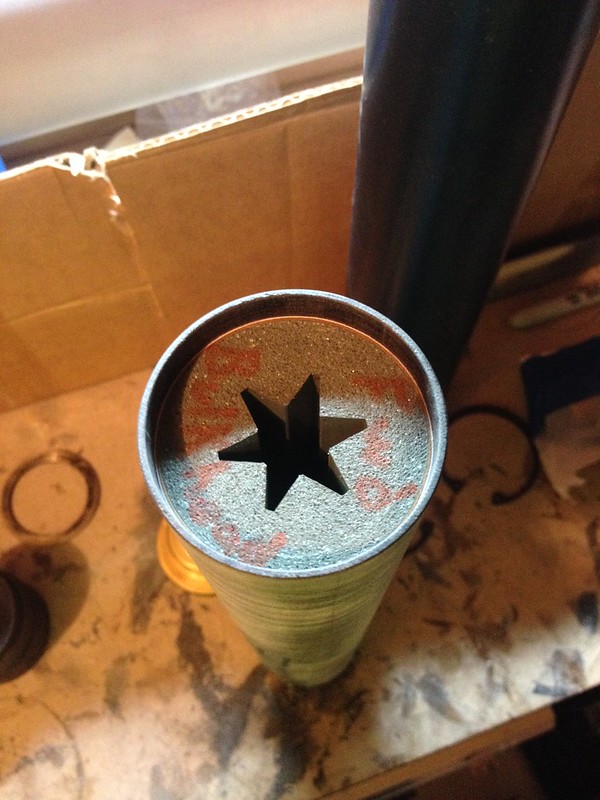
I know Loki uses a mandral-
I know I've seen this before- which motor is this?
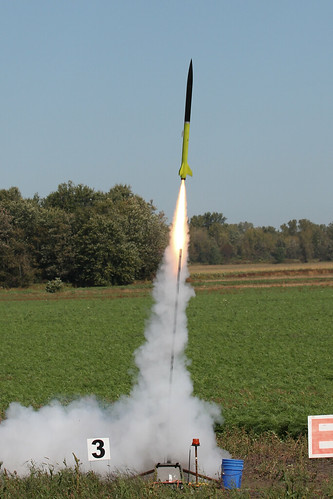
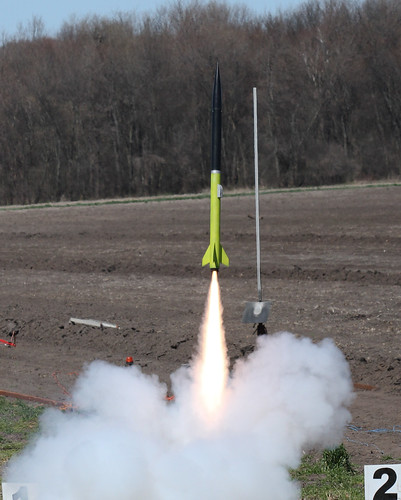
Just had to look that one up. Glad I did.:If you want to see an interesting core configuration, look up the booster of a Talos missile. That must have been fun to cast!
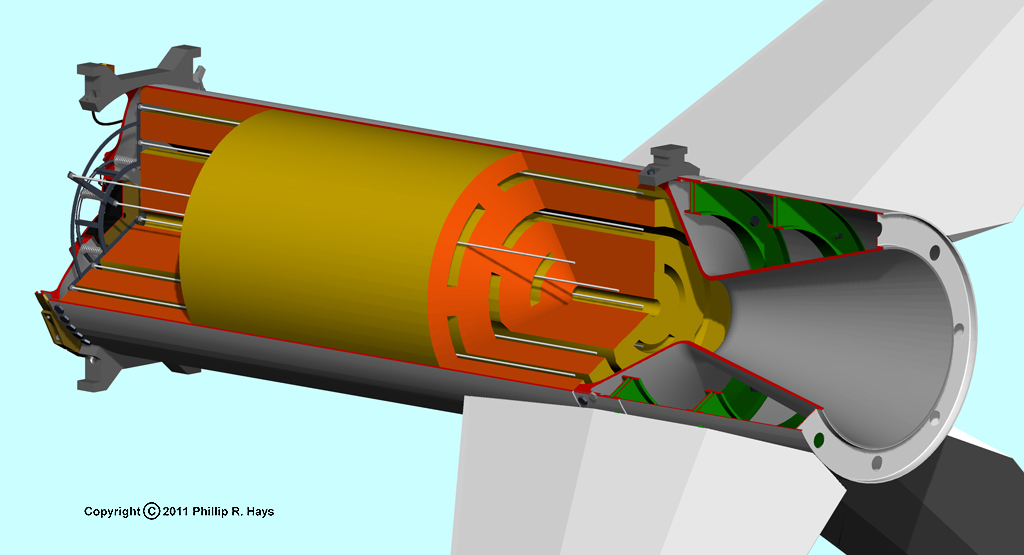
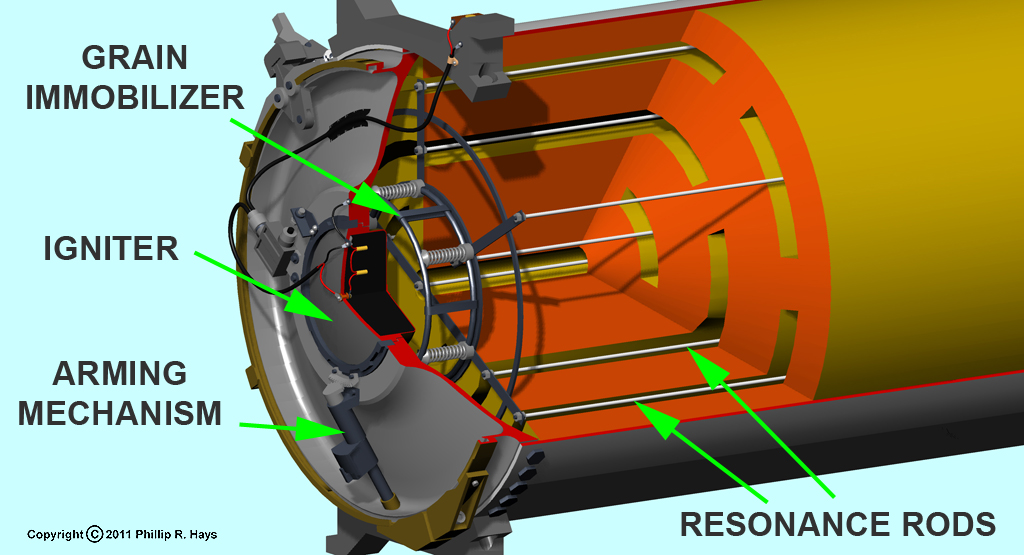
I know Loki uses a mandral-

It's tapered-

Enter your email address to join: